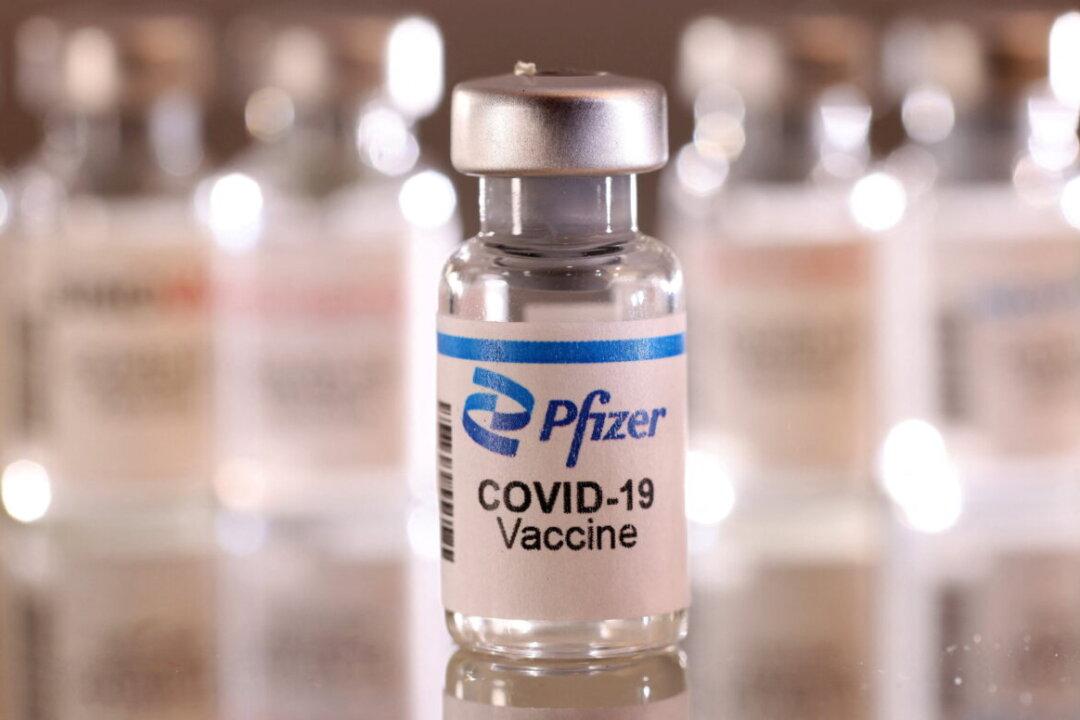The UK’s medicines regulator on Tuesday gave the greenlight for the Pfizer/BioNTech COVID-19 vaccine, also known as Comirnaty, to be used on children in Britain aged between 6 months and 4 years old.
The vaccine has previously been approved in Northern Ireland for the same age group.





